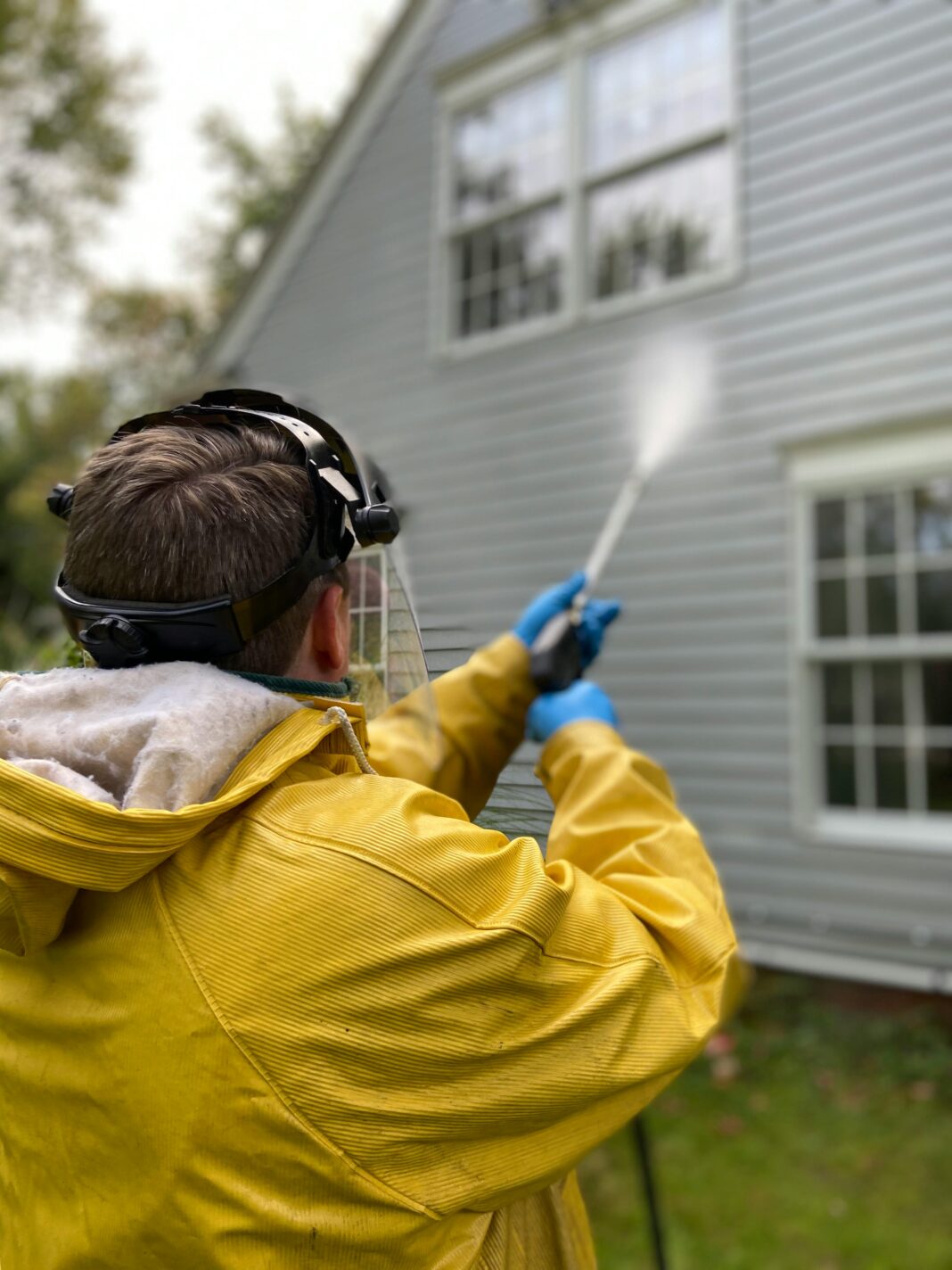If you’ve ever been in the middle of a satisfying shower only to have the water pressure drop suddenly, you’ll understand how frustrating it can be. Water pressure issues can disrupt your daily routines, cause stress and potentially lead to more serious plumbing problems if not attended to promptly. To help you troubleshoot, here are 8 things to check when you experience water pressure issues.
The Main Shutoff Valve
The first place you should look if you encounter low water pressure is at the main shutoff valve. This valve controls the water supply to your entire household. If it is not fully open, it could be limiting the amount of water flowing into your home. Make sure this valve is open all the way for optimal water pressure. Check out some reviews on professional plumbing services Read here, if you need further assistance.
Individual Fixture Issues
If low water pressure seems isolated to one area, such as a bathroom sink or a shower, the problem might lie with individual fixtures. Reduced water flow in these areas might be due to a buildup of mineral deposits which can restrict water flow. Remove any visible mineral deposits from fixtures and see if this increases your pressure.
Pipe Blockages
A common culprit behind low water pressure can be pipe blockages. Over time, minerals such as calcium and magnesium accumulate inside pipes creating narrow passages and thus restricting the water flow. If cleaning or replacing an individual fixture does not resolve the issue, consider that a bigger blockage may be in play.
Water Leaks
Another potential reason for low water pressure could be unseen leaks in your plumbing system. If there is an unexpected dip in your water pressure, take a moment to thoroughly check your property for indications of a leak such as damp spots, unusual noises, or a higher than average water bill.
Peak Usage Times
There are times when your neighborhood’s demand for water might surpass the available supply. You may encounter lower water pressure during what is known as peak usage times – early morning and evening hours. If this situation is recurring, contact your local water department to confirm if there are larger issues at play.
Water Pressure Regulator
Your home may have a water pressure regulator installed. This should ensure that water pressure is evenly distributed around your home. If the regulator malfunctions, it can cause low or sporadic water pressure. It could be worth having a professional inspect this, especially if the change in your water pressure was sudden.
Aging Plumbing System
Like everything else in your home, your plumbing system ages over time and will not function as effectively. Aging pipes often corrode and the accumulated rust can lead to blockages affecting the flow of water. Speaking with professional plumbers can provide advice on whether it’s time for an update.
Inspect Your Water Heater
If you are only experiencing low pressure with warm water, consider checking your water heater. Sediment buildup can affect its ability to deliver hot water throughout the house. Regularly draining and flushing the system can help prevent this issue.
A Final Word
Navigating through these common causes of low water pressure should help you to identify any potential problems in your home’s plumbing framework. It’s always advisable to engage professional assistance when dealing with complex systems like plumbing. Remember: proactive actions today can save you thousands down the line!

